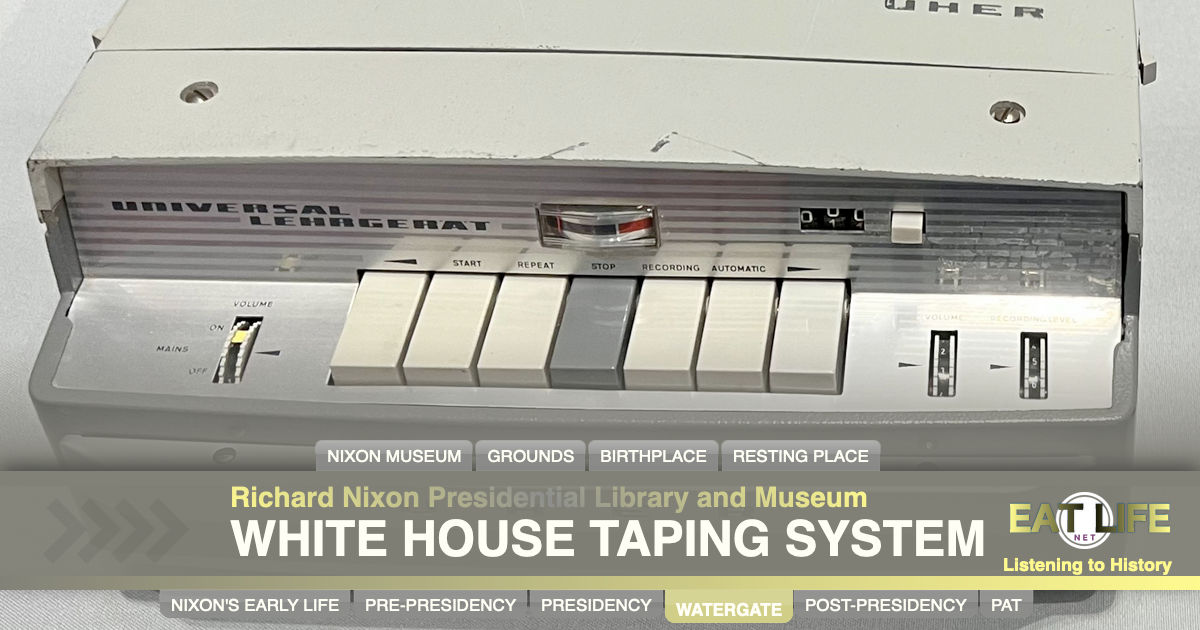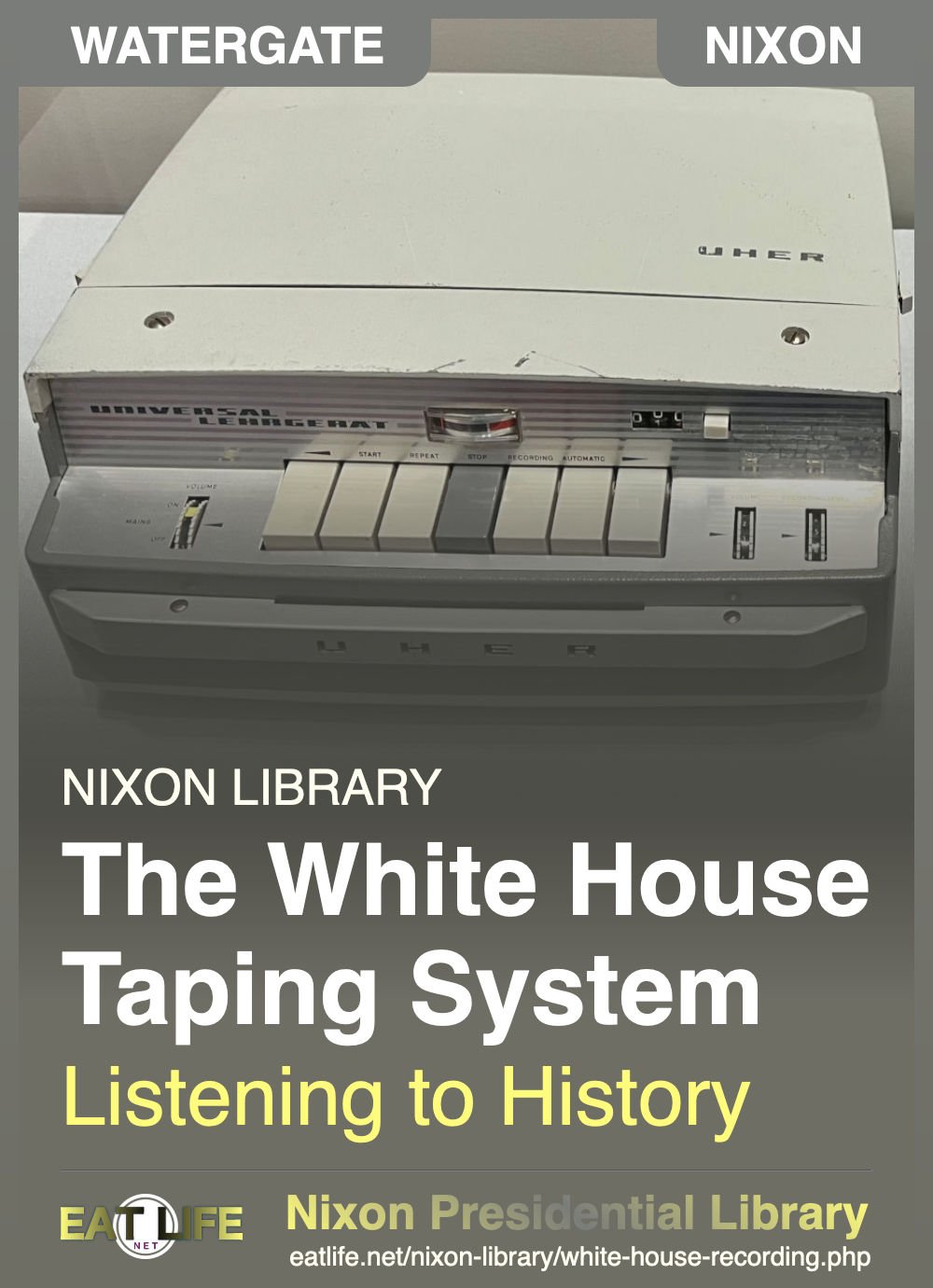Harry Truman added to FDR's recording system with a microphone hidden in the lampshade on his desk.
Eisenhower, Kennedy, and Johnson all used taping systems to record various meetings and phone calls. LBJ even had a tape recorder under his bed to capture informal meetings. The Kennedy and Johnson tape recorders were manually controlled: they only recorded conversations they wanted to keep.
Nixon had all the Johnson recording equipment removed.
He decided to use note takers to keep records of his most important meetings.
After a couple of years, however, he found that note takers inhibited the conversation in some meetings and decided to reinstall a taping system.
- Rather than having a taping system that was only activated for selected meetings and events, Nixon wanted a complete, uncensored, and objective record of everything he said and did.
He intended his tapes to provide the basis for later memoirs or books he might write. He expected that this trove of information and insight would remain secret throughout his Presidency - and possibly forever. The revelation of the system's existence during the Watergate hearings in 1973 scuttled that plan.
From the very beginning I had decided that my administration would be the best chronicled in history. I wanted a record of every major meeting had.
Recorders were eventually also installed in his hideaway office in the Old Executive Office Building alongside the White House, and at Camp David.
The system was voice-activated. Whenever anyone started speaking, the tape machine began recording.
Additionally, telephone conversations in the Oval Office, Lincoln Sitting room, the Old Executive Office Building, and Camp David were also recorded.
Everything was taped, which, of course, was was probably stupid, and yet perhaps a bit more honorable, because if you weren't going to tell the individual that he was being taped, far better for it to be done on a general basis rather than on a selective basis.- 1983
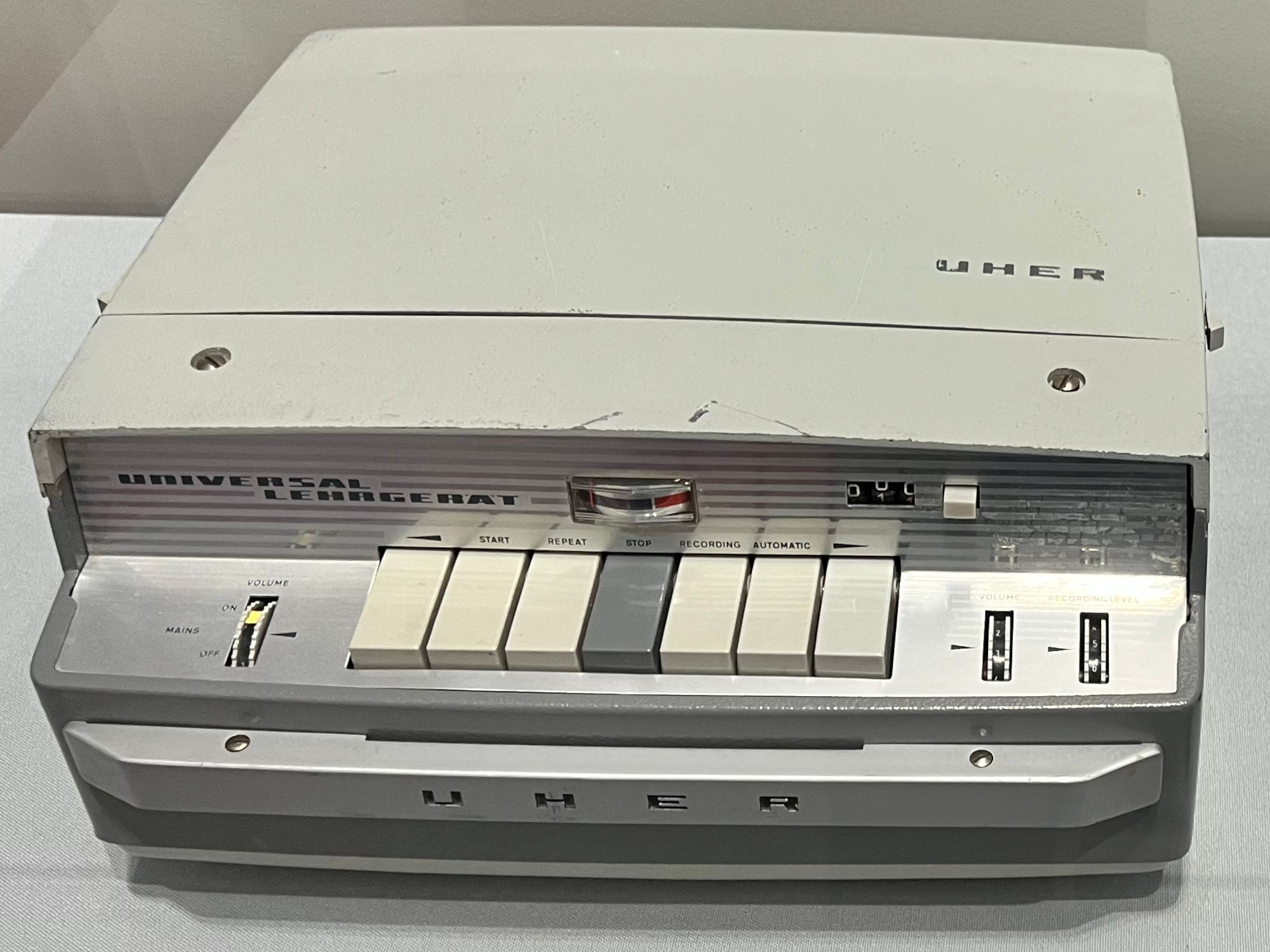
The tapes recorded by the White House taping system - collecting 3,500 hours of audio over the two years the system was active - could be reviewed on a Uher 5000 like this one.
President Franklin D. Roosevelt established the first secret White House taping system in the Oval Office in 1940. Presidents Harry S. Truman, Dwight D. Eisenhower, John F. Kennedy, and Lyndon B. Johnson, to varying extents, also authorized secret recording of White House conversations.
The size and scope of President Nixon's system, however, was unprecedented. When the taping stopped in mid-July 1973, the Nixon system had recorded about 3,700 hours of conversations.
Presidents Johnson and Kennedy, whose taping programs were the second and third most active, left about 850 and 264 hours of recordings, respectively.
| 1940 - 1969: | |
|---|---|
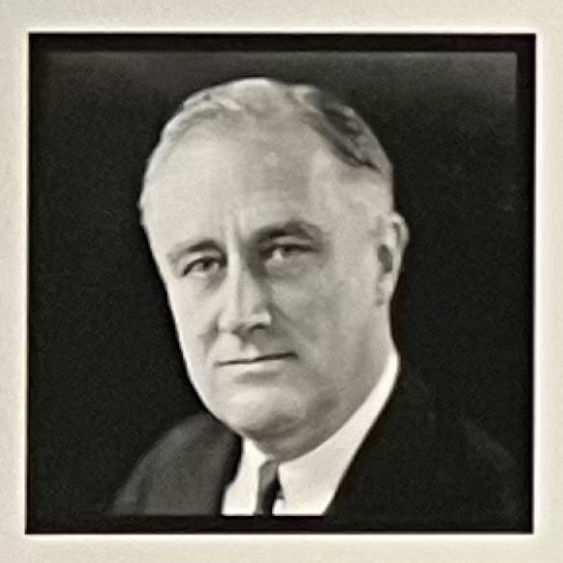 | President Franklin D. Roosevelt Recordings made in 1940 are at the Franklin D. Roosevelt Presidential Library and Museum, Hyde Park. NY |
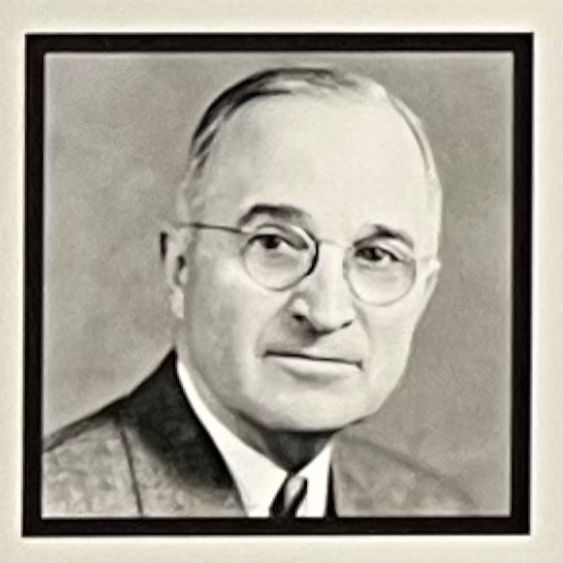 | President Harry S Truman Recordings made from 1945 to 1947 are at the Harry S Truman Presidential Library & Museum, Independence, MO. |
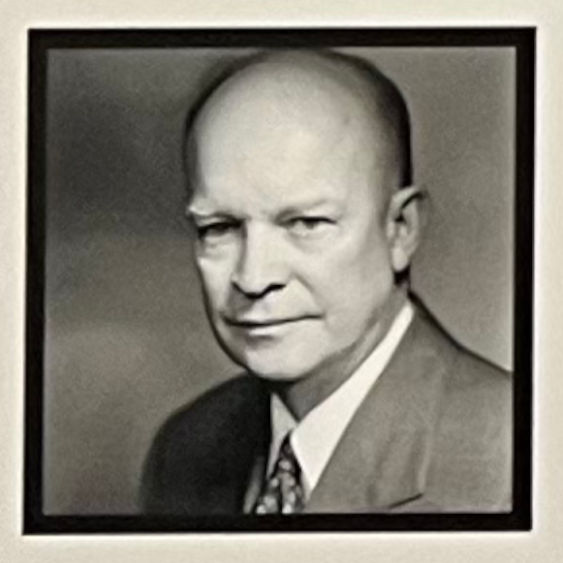 | President Dwight O. Eisenhower Recordings made in 1955 are at the Dwight D. Eisenhower Presidential Library and Museum, Abilene, KS. |
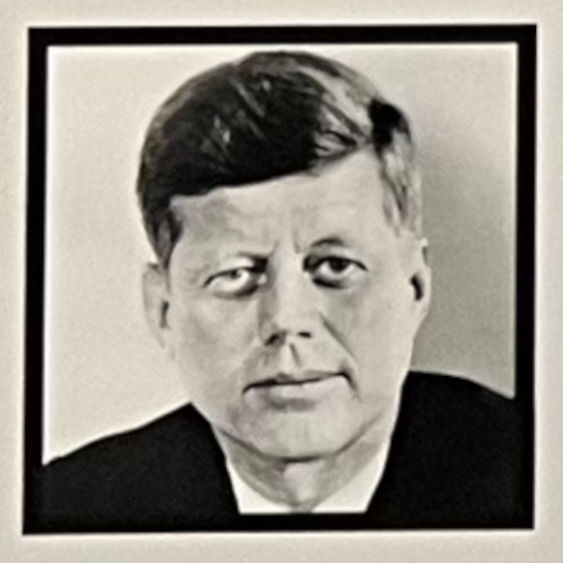 | President John F. Kennedy Recordings made from 1962 to 1963 are at the John F Kennedy Presidential Library and Museum, Boston, MA. |
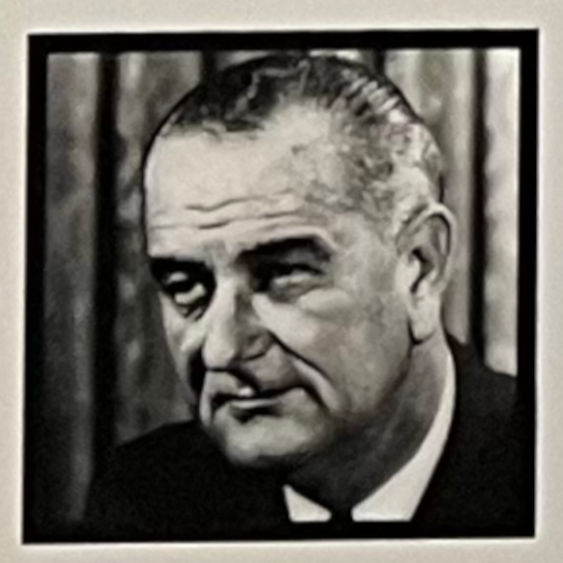 | President Lyndon 8. Johnson Recordings made from 1963 to 1969 are at the Lyndon Baines Johnson Presidential Library & Museum, Austin, TX. |
- February 1971
President Nixon ordered the U.S. Secret Service to set up a secret taping system. Initially, the taping system included microphones in the Oval Office and the Cabinet Room. - April 1971
The system expanded to include the President's hideaway office in the Old Executive Office Building (OEOB), and telephones in the Oval Office, in the Lincoln Sitting Room, and in the President's OEOB office. - May 1972
he Secret Service began recording office and telephone conversations in the President's study in Aspen Lodge at Camp David.
All recording stopped on July 12, 1973, after Alexander Butterfield revealed the existence of the system to the Senate Watergate Committee.
The existence of the White House taping system was kept secret. Only President Nixon, his chiefs of staff, H. R. Haldeman, and Alexander M. Haig Jr., and a few aides and members of the Secret Service knew about it.
The recorders in the Oval Office, the President's office in the OEOB across the street from the White House, and at Camp David were sound activated. The system in the Cabinet Room was manually operated by Alexander Butterfield, a deputy assistant to the President.
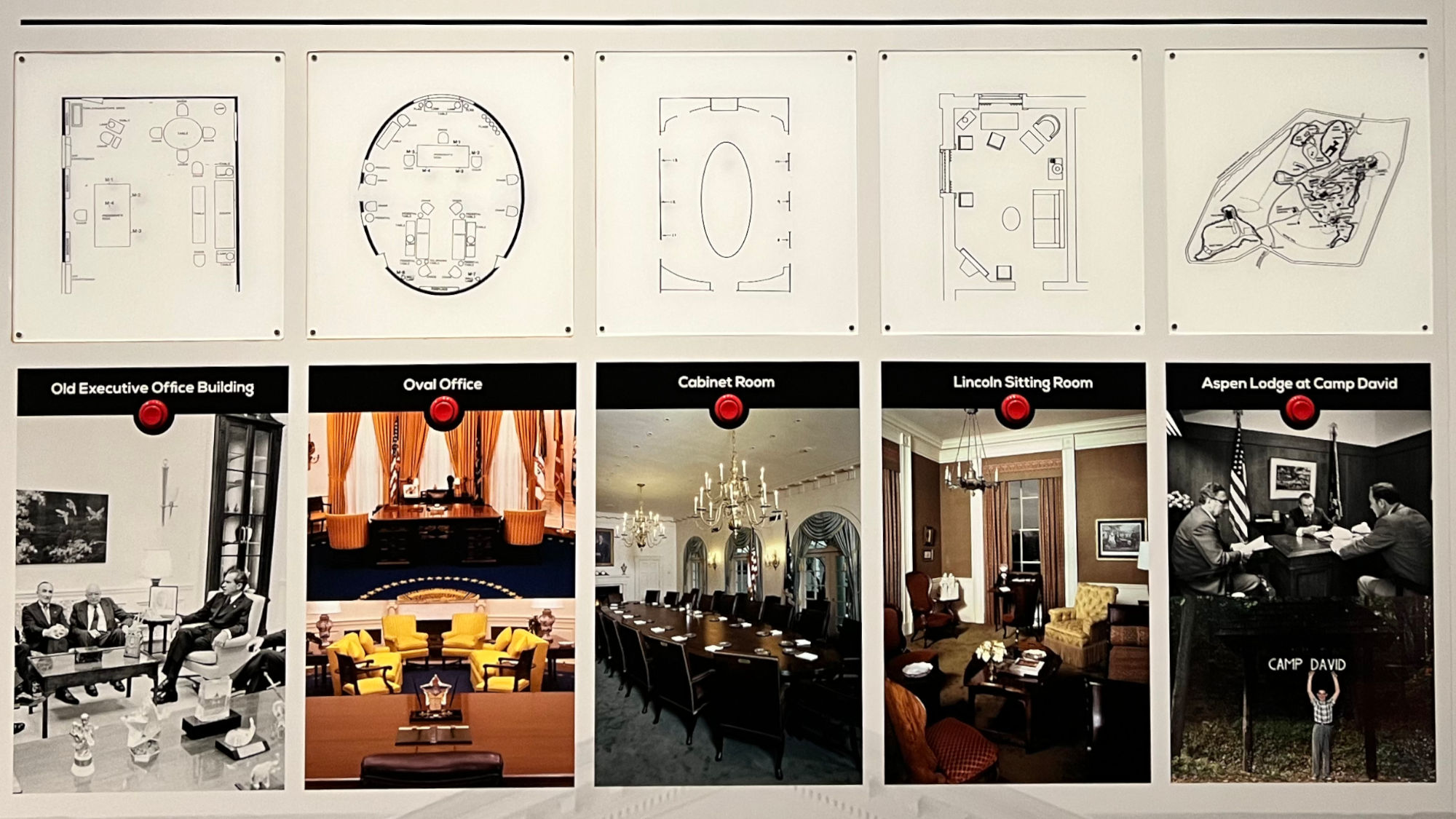
- Old Executive Office Building
- Oval Office
- Cabinet Room
- Lincoln Sitting Room
- Aspen Lodge at Camp David





